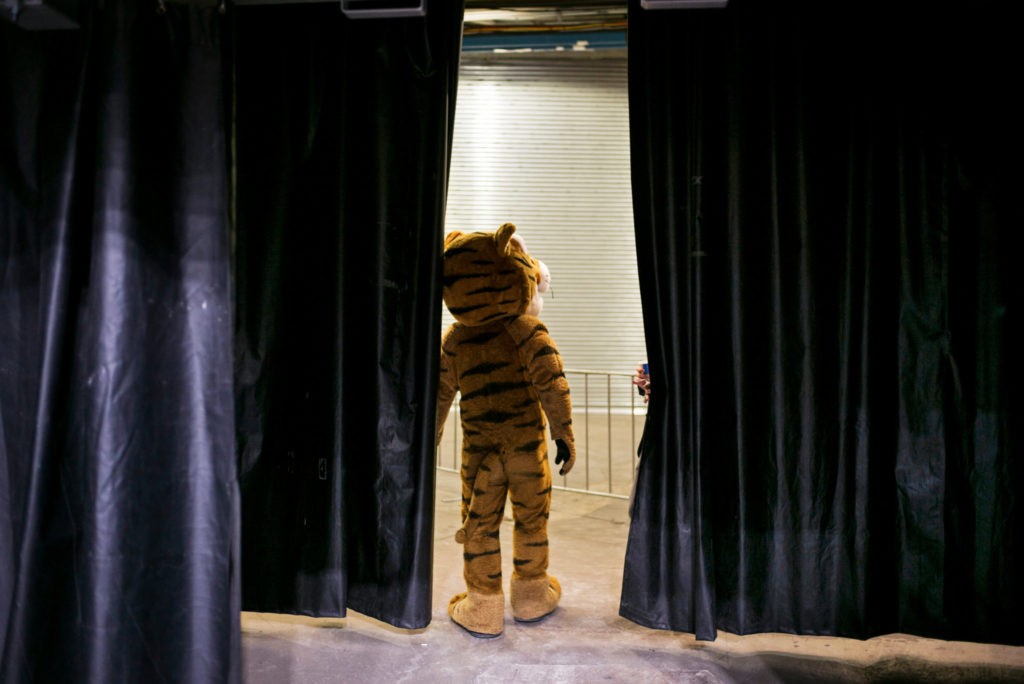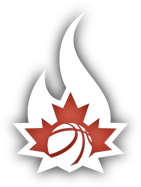Not every game was as sleepy as the opener, though. A few hours after Carleton played Thursday, Dalhousie, whose campus is barely a mile from the Scotiabank Centre, attracted more than 5,000 fans to its quarterfinal against Alberta. The fans, some of whom sipped beer through straws and scarfed down plates of poutine, clapped and swayed to the low-key notes pumped out by the nine-member Dalhousie Rally Squad.
In Canada’s National Basketball Championship, the Madness Is Muted
Posted on March 22, 2017

HALIFAX, Nova Scotia — The most successful men’s college basketball team of the 21st century opened its title defense on Thursday in front of about 400 people. The Carleton University Ravens were seeking their 13th national championship in 15 years at the Final 8, Canada’s version of March Madness, in a small arena where the loudest noise came from players yelling out defensive assignments.
As the United States prepares to immerse itself in its annual 68-team, three-week college basketball obsession, where nearly every program travels with a fully-equipped band, a gang of spry cheerleaders and hordes of fans, Canada is sweeping up after its own top college tournament, held over four days last weekend at the Scotiabank Centre, the self-styled Mecca of Canadian college basketball.
That the two events are both college tournaments, in a sport invented by the Ontario native James Naismith, is among the few similarities. For the four days of the Canadian championships, there was just one furry mascot (the tiger of the host school, Dalhousie University), no cheerleaders and few dunks. Only the biggest games were televised, with the rest — including losers bracket matchups and placement finals — relegated to internet livestreams. Only one university brought a band, at least some of the time.

But two days later, the band was missing at the Tigers’ tense semifinal loss to Ryerson.
“March is a tough time of year for us,” said Jacob Caines, a clarinetist and faculty adviser from Dalhousie. “There are a lot of scheduling conflicts.”
This was the 31st year out of 53 that the eight-team tournament was held in Halifax, a medium-size harbor town east of Maine known for its succulent lobsters, the occasional arctic blast and modest penchant for college basketball.
“Halifax has such a deep tradition of college basketball,” said Dave Smart, the coach of Carleton, a university of about 29,000 students in Ottawa. “We love coming here because there is such an appreciation for it.”
If March equals madness in the United States, it is a much saner month north of the border, where the scandals and corruption that sometimes dog the big-money college sports machine in America are largely absent, and where student-athletes like the Dalhousie big man Ross Crichton can miss a practice to attend a mandatory chemistry lab. Crichton, after all, is studying for medical school.

Most of the top Canadian players go to the United States for college. This year more than 20 Canadians are on teams in the N.C.A.A. tournament, including the Pac-12’s player of the year, Dillon Brooks, and the country produced the N.B.A.’s No. 1 draft pick in both 2013 (Anthony Bennett) and 2014 (Andrew Wiggins).
Those left behind miss out on the mayhem of the N.C.A.A. tournament, but still relish the chance to compete in the Final 8, run by U Sports, the governing body of Canadian athletics.
“Sometimes you think about playing in the N.C.A.A., with all the hoopla and attention they get,” Connor Wood, Carleton’s leading scorer, said after Sunday’s championship game. “But I would never trade this.”
Neither would Brian Warner, a retired high school teacher and basketball coach from Montreal who has been to 19 of the last 20 Final 8s. He likes to watch the Montreal Canadiens hockey team, but traveling to Halifax, staying in a cheap hostel and watching four days of college hoops, he said, can be more affordable than one Habs game.
“You have to take out a second mortgage to go see the Canadiens,” he said. “But I look forward to this every year.”
Fewer fans and fewer television viewers means fewer dollars, though, and that is why most Canadian university coaches, unlike their wealthy American counterparts, earn modest salaries — often between $45,000 and $55,000 (U.S.) a year. There are also no lucrative shoe contracts; in Canada, each university athlete is entitled to a 45 percent discount for Adidas products. Most opt to pay full price for their preferred brand instead, which was apparent from the jumble of different brands, styles and colors on the court at the Final 8.
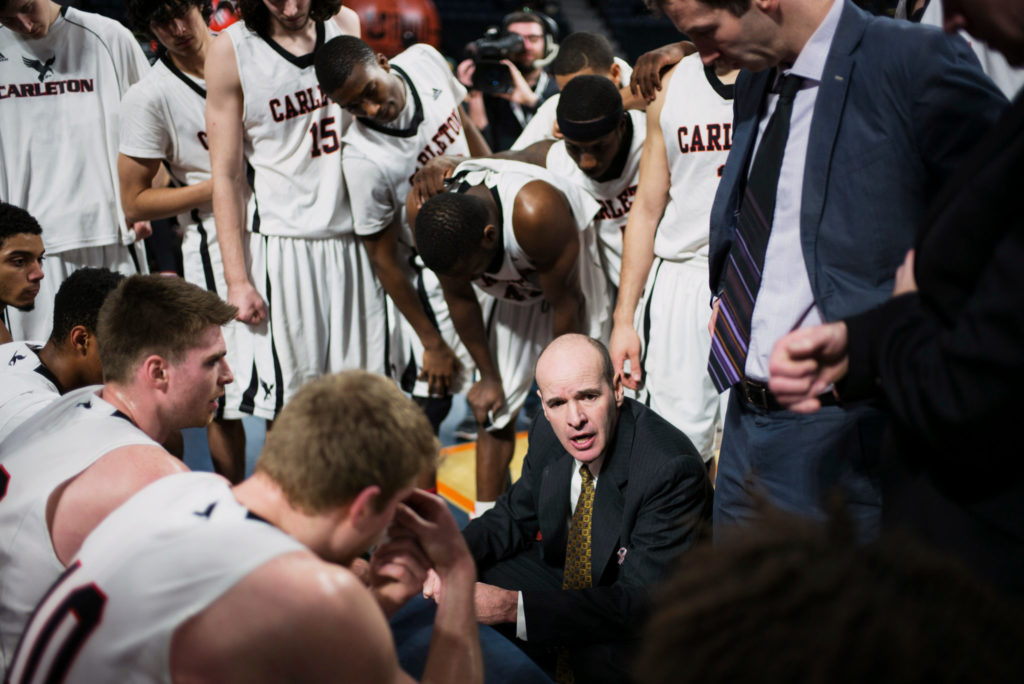
“If you are coaching in Canada, you’re not doing it for the money,” said Dalhousie Coach Rick Plato, who supplements his income with his own landscaping company. “Here, it’s only about the basketball.”
His top assistant — the team manager — is his wife, Andrea.
Her basketball responsibilities include tracking timeouts, fouls, possessions and other statistics during games; arranging travel and meals at restaurants; and sometimes cooking and baking for the players. She might also notify her husband when she senses a player needs a comforting word after one of his intense tirades, some of which are directed at her during the most heated moments of tournament games.
She does it all on a volunteer basis, just as she did for years pushing a lawn mower in the landscaping business. She does get some remuneration, though.
“Sometimes he’ll take me out to dinner,” she said.
The highest paid coach, for obvious reasons, is Smart, who two years ago earned $159,000 Canadian (about $118,000 U.S.), according to a list published by Carleton University. Smart’s championship record with the Ravens has made him the John Wooden of Canadian basketball, and he has had at least three lucrative offers from N.C.A.A. programs, he said.
He even accepted one once. But Smart backed out an hour later because, after calling a team meeting, he couldn’t bear the idea of breaking the news to his players.
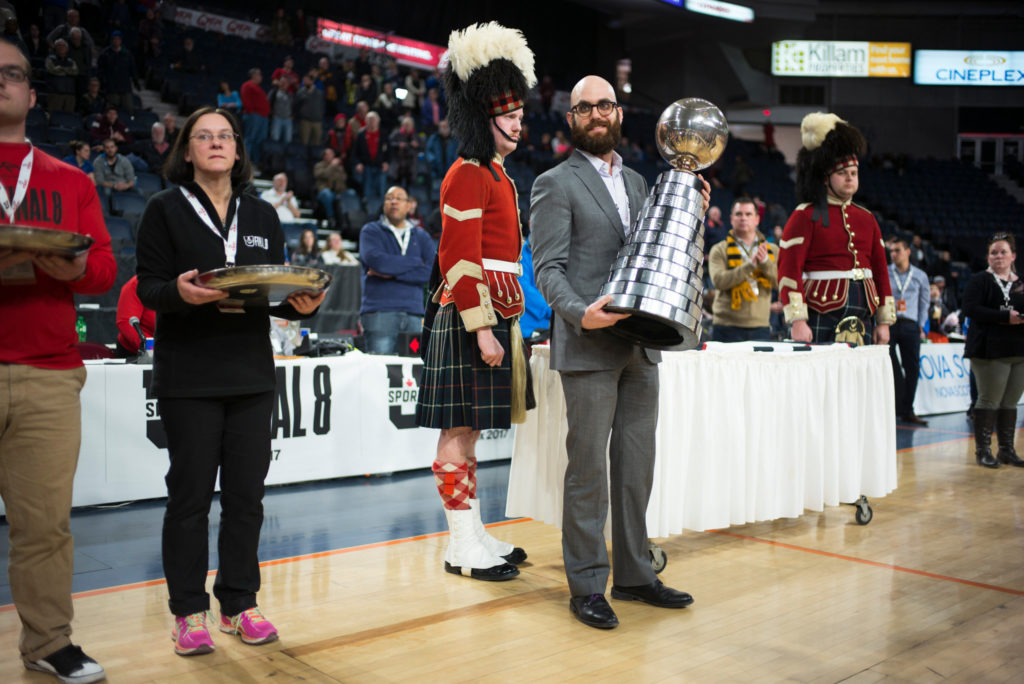
“I had to make up a reason for the meeting,” he said. “So I tore into them and told them they needed to work harder, and they just thought I had gone nuts.”
Smart said he would still listen to offers, but he knows that few American jobs can offer the kind of security and quality of life that he enjoys in Ottawa with Carleton. He also knows that the emphasis on winning in the United States — and the N.C.A.A. limits on off-season contact with players — often deter the kind of coaching and teaching he enjoys the most.
As long as his team does things the right way, he insisted, he does not care if it loses. Not that he knows much about defeat: he usually only sees it from across the floor.
Carleton’s success under Smart also transcends borders. The Ravens beat Wisconsin by 13 points in an exhibition in 2013, the same season that the Badgers went to the Final Four. In a preseason exhibition event in August, the Ravens beat Wichita State, an N.C.A.A. tournament team, by 25 points. They also recorded wins over the Division I teams Stetson, Arkansas-Pine Bluff and Morgan State.
But his players, like most on Canadian college teams, tend to be smaller and less athletic than their American counterparts. Many don’t shoot as well, and those that can get to the rim don’t finish as consistently. Dunks are noticeably rare, air balls less so.
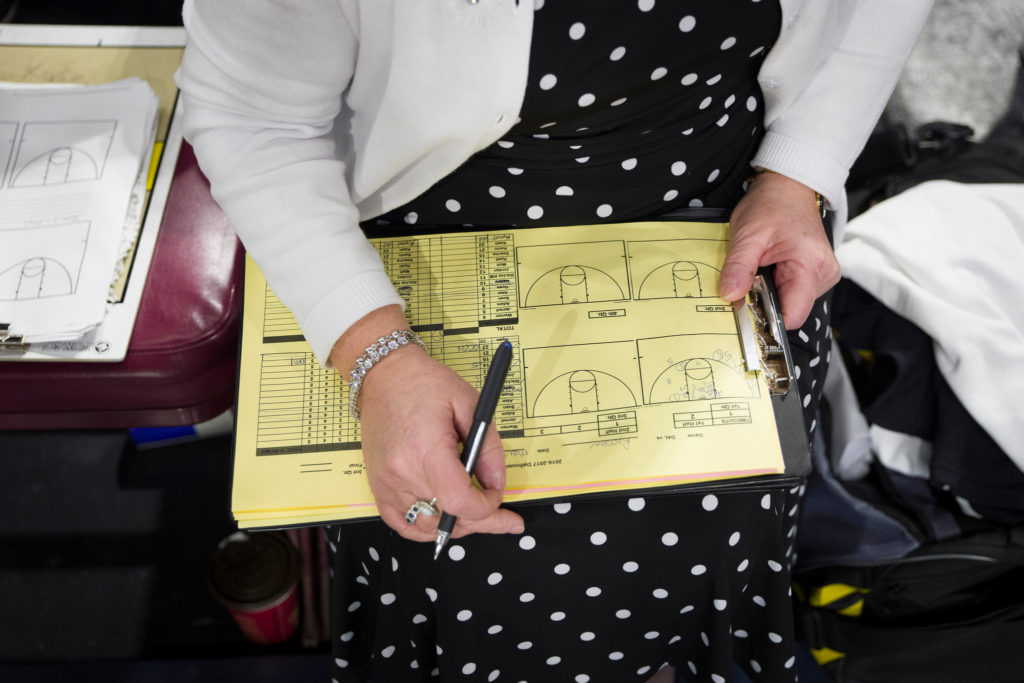
To determine a national champion each season, the 56 universities of U Sports (formerly Canadian Interuniversity Sport) are divided into four conferences, the smallest of which is in Quebec, with only five teams. The winners of each conference, three wild cards and the host team qualify for the Final 8, which holds four games on the first day.
The losers go into a consolation bracket that coaches and players seem to dislike. A team that loses in the quarterfinals on Thursday may have to hang around and play two more games — all for the potential prize of a fifth-place finish, which comes with neither a trophy nor medal.
“You get a handshake,” said Dan Vanhooren, the longtime coach of the Calgary Dinos. “But it builds character.”
The teams that keep winning play for the big prize – the W.P. McGee Trophy. On Sunday, Carleton beat Ryerson, 78-69, in the championship game to extend its record to 13 Canadian national championships since 2003, and a record-tying seven in a row, one of the most unheralded runs in North American sports.
The 4,272 spectators, paying about $10 per ticket, witnessed the victory live. Afterward, the players had winners medals hung around their necks and posed for pictures wearing a plain white T-shirts with the word “Champions” and the U Sports logo.
The semifinal losers, meanwhile, had played Sunday morning in the bronze medal game, which this year was won by Dalhousie, to the delight of the locals. The missing band was back, as were many – if not all — of the fans.
And even though it was not a championship, Plato was nearly in tears describing the pride he held for his team.
In the glow of the bronze medal win, Plato’s star, Kashrell Lawrence, was asked what comes next. A burly 6-foot-2 forward from Brampton, Ontario, Lawrence said he hoped to play professionally somewhere, probably abroad. Closer on the horizon was his graduation in a few weeks.
“I’ve been away from class for the last few days with the tournament,” he said. “Now it’s back to the books.”
